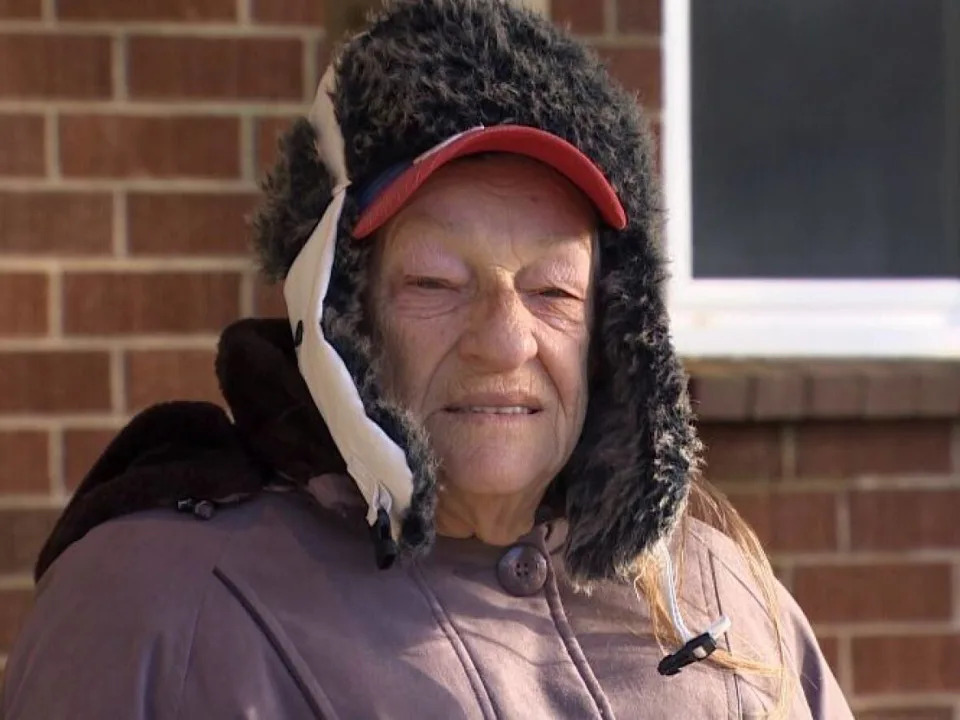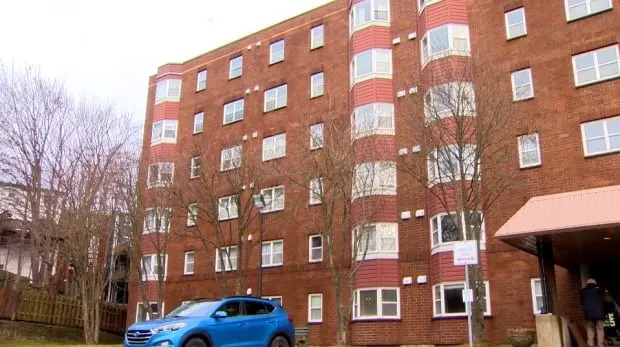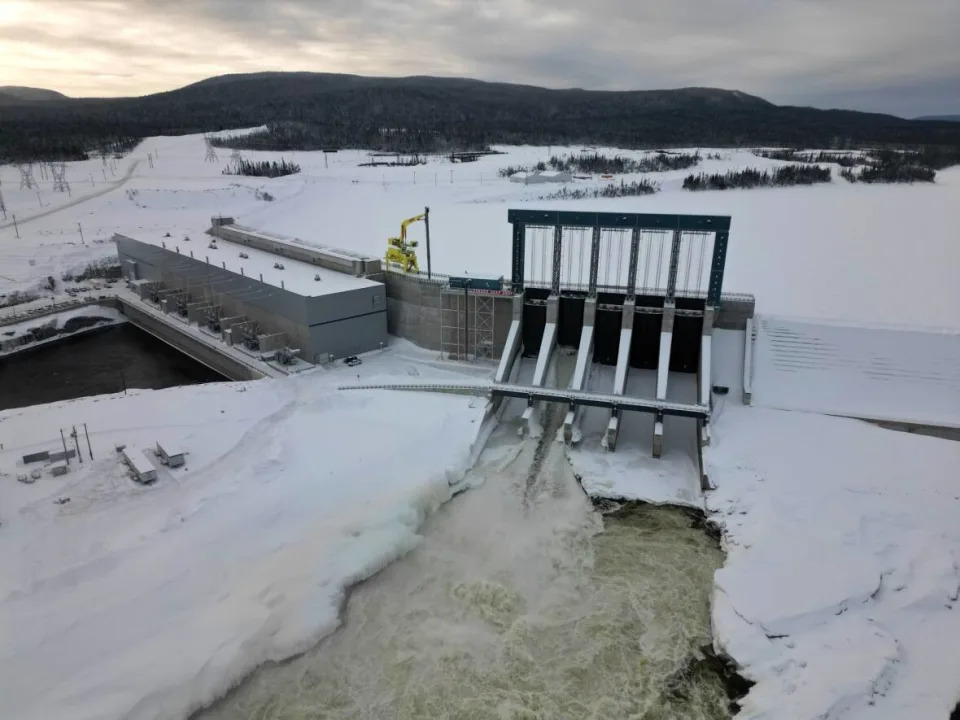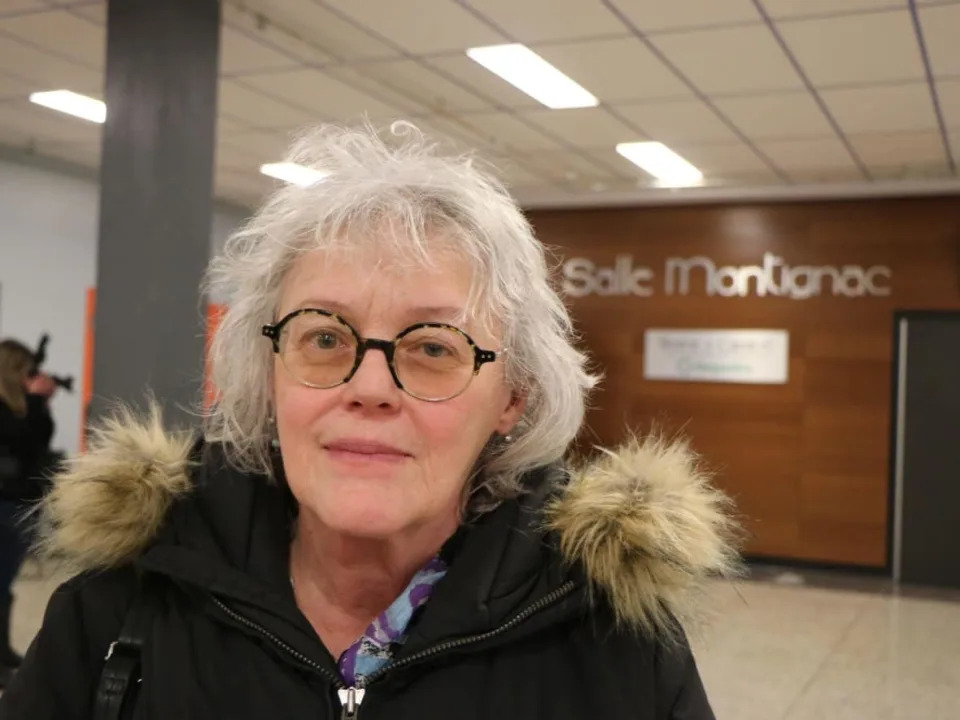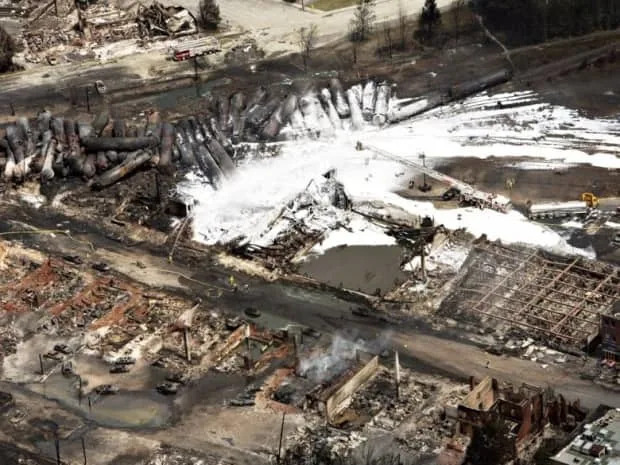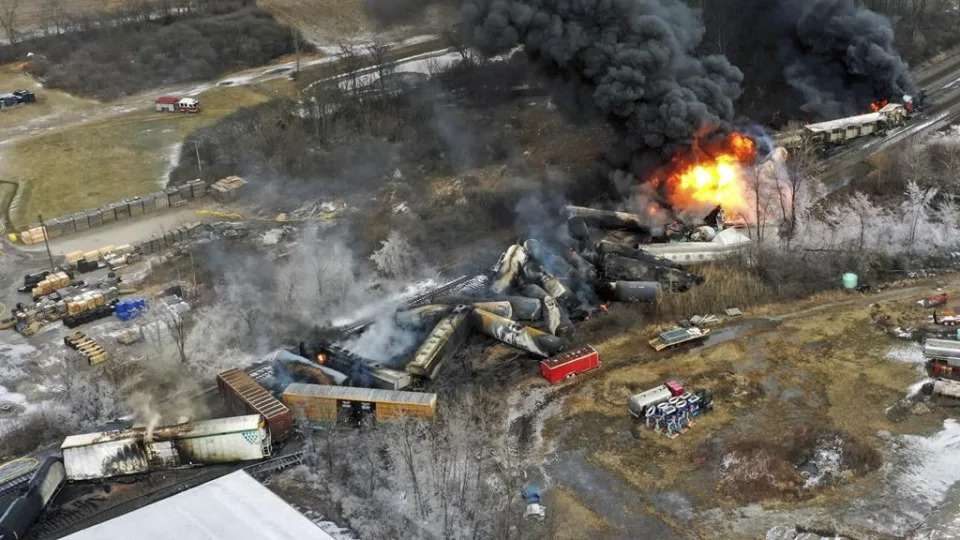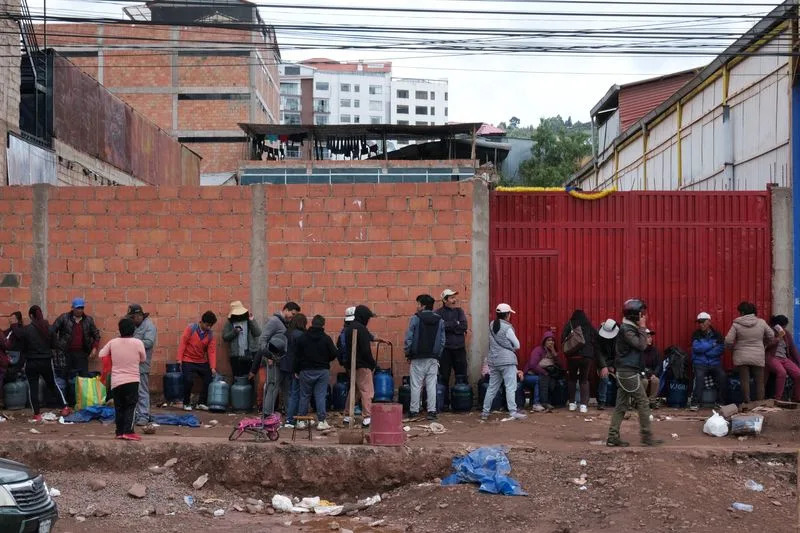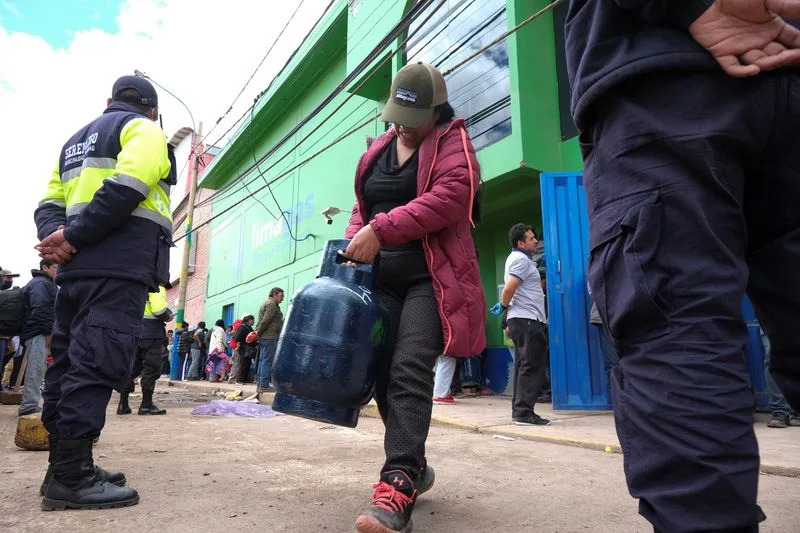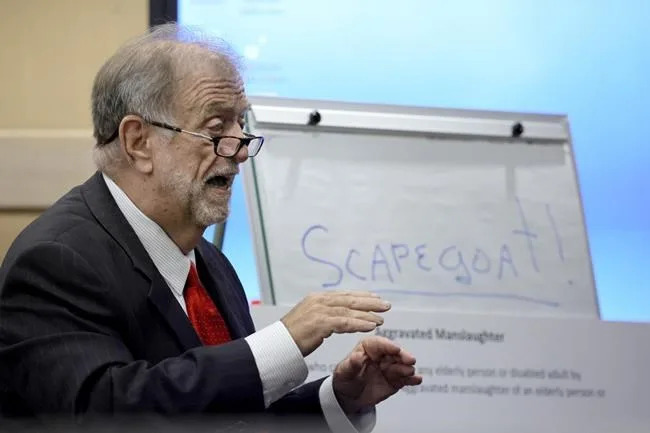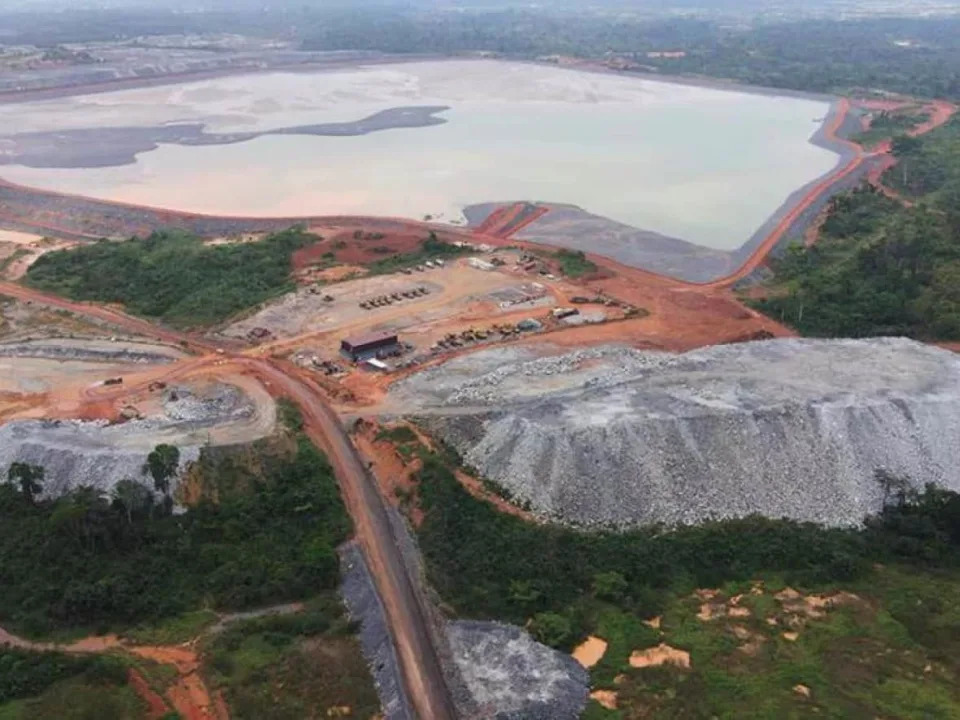Burcin Gercek
Tue, 7 February 2023
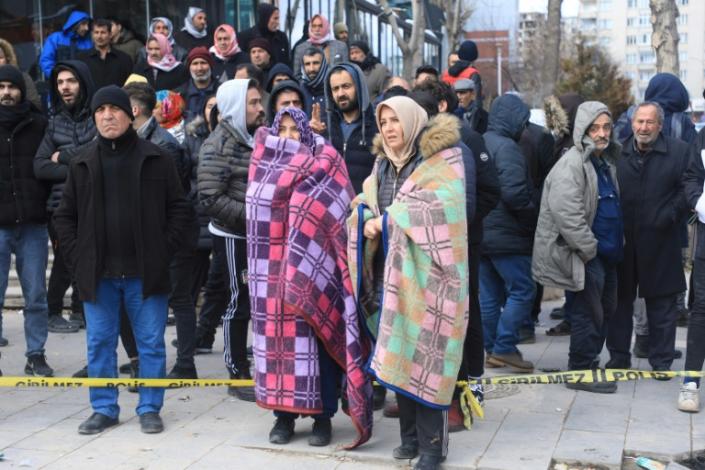
With every passing moment, Ebru Firat knows the chances dim of finding her cousin alive under the rubble of a flattened building in the southern Turkish city of Gaziantep.
And with that fading hope, the 23-year-old's grief is being replaced by rage at the government's earthquake response.
Monday's 7.8-magnitude pre-dawn tremor killed more than 7,800 people across swathes of Turkey and Syria, injured tens of thousands and left many more without shelter in the winter cold.
"I have no more tears left to cry," she said.
Despite the importance of every minute, no rescue team arrived at the scene in the critical first 12 hours after the disaster, forcing victims' relatives and local police to clear the ruins by hand, witnesses said.
And when the rescuers finally came on Monday evening, they only worked for a few hours before breaking for the night, residents told AFP.
"People revolted (on Tuesday) morning. The police had to intervene," said Celal Deniz, 61, whose brother and nephews remain trapped.
- 'No help' -
In the miserable cold, Deniz and his relatives try to warm themselves around a fire they lit in the open air, not too far from the destroyed building.
"There isn't anywhere that our rescuers cannot reach," Turkey's Red Crescent chief Kerem Kinik declared in a TV interview.
But Deniz disagreed.
"They don't know what the people have gone through," he said.
"Where have all our taxes gone, collected since 1999?" he asked, referring to a levy dubbed "the earthquake tax" that was implemented after a massive earthquake destroyed large parts of northwestern Turkey and killed 17,400 people.
The revenues -- now estimated to be worth 88 billion liras, or $4.6 billion -- were meant to have been spent on disaster prevention and the development of emergency services.
But how this money was actually spent is not publicly known.
If there aren't enough rescuers, volunteers say they will have to step in and do the hard work themselves.
"We go to places to help people who were originally supposed to be rescued by the Red Crescent, but where no help comes," said Ceren Soylu, a member of a volunteer group set up by the right-wing opposition Iyi Party.
- Opposition warning -
The Iyi Party's presence on the ground delivers a warning to President Recep Tayyip Erdogan -- whose chances of extending his rule into a third decade in May elections could hinge on his handling of Turkey's worst disaster in decades.
In Gaziantep, where violent aftershocks rumble on, residents lack almost everything. Shops are closed, there is no heat because gas lines have been cut to avoid explosions, and finding petrol is tough.
Only bakeries remain open, drawing long queues.
Some of the worst damage in Gaziantep's eponymous province took place in the most remote districts, where hundreds of buildings have collapsed.
"The roads have been partly destroyed, it's very difficult to bring aid to these areas," said Gokhan Gungor, a cook who volunteered to distribute food to survivors.
"People lack water and food there," he said.
Many survivors are feeling abandoned as they also battle cold weather, especially since many rushed outside without even having time to put on shoes when the quake struck.
On Tuesday afternoon, rescuers and search dogs were deployed again.
But it was too late, said one woman, refusing to give her name for fear of retribution from officials, as she told AFP her aunt was still buried in the rubble.
"We're now waiting for our dead," she said.
bg-rba/raz/zak/rox/mca
Tuesday briefing: Why the Turkey and Syria earthquake was a catastrophe
Archie Bland

Rescuers carry out a girl from a collapsed building. Photograph: Sertaç Kayar/Reuters
When the magnitude 7.8 earthquake struck before dawn on Monday, about 20 miles from the city of Gaziantep, the vast majority of residents were inside and asleep. TV footage showed some of those who were able to flee their homes standing in the snow in their pyjamas. When the sun rose, it revealed a picture of devastation across south-eastern Turkey and north-western Syria. This gallery captures some of that staggering impact.
Within half an hour of the quake hitting, the governor of the Turkish city of Osmaniye had confirmed five deaths. By 10am the confirmed toll stood at 300. This morning it was 4,300, and still rising. Rescue workers were unable to reach the city of Antakya in Hatay for nearly 24 hours – this video shows damage to the runway at the provincial airport.
“Turkey and Syria have suffered catastrophic earthquakes multiple times in living memory,” said Ruth Michaelson (who you can also hear on this morning’s episode of Today in Focus). “Everybody here remembers 1999 [when a quake hit Istanbul and killed 17,000]. But the consequences of this are massive. What we are hearing from people living in the region is profound shock. Even if you know that earthquakes are relatively common, nothing can prepare you for this.”
Here are some of the reasons the impact this time is so severe.
***
The location and depth of the initial earthquake
The first earthquake took place on the East Anatolian fault – the boundary between the Anatolian plate, the African plate, and the Arabian plate in the Earth’s crust. (There’s a useful visual guide here.) While it has been more than a century since an earthquake caused such devastation on this fault, there have been a number of smaller quakes in the last 25 years, and the region has been considered at serious risk of something worse.
There have been higher magnitude earthquakes than this one even in recent years around the world, but that is not a sufficient measure of impact on its own: crucial to the devastation here was the location of the earthquake near large population centres, and how close to the surface of the Earth it hit.
A deep earthquake takes place between 300km and 700km down. This one was very shallow – about 17km below the surface – meaning that it was felt more powerfully and across a wider region above ground. The tremors that resulted were felt in Cyprus and Cairo, and registered by seismologists as far away as Greenland.
***
An unusually large aftershock
That impact was magnified by a 7.5 magnitude aftershock – on a different faultline 100km away, and much larger relative to the initial quake than aftershocks typically are. Earthquake magnitude is measured on a logarithmic scale, meaning that this aftershock only released about a third of the energy of the first even though the figures are close – but in hitting buildings already severely damaged by the initial quake, it greatly amplified the original damage, and put many rescue workers at risk. There were dozens of other smaller aftershocks that continued into Tuesday morning.
“Even on Turkish TV news, you could see people trembling as they hit, watching the building quake, and trying to work out the right thing to do,” Ruth said. You can see examples here and here.
***
The fact that it took place during winter
There have already been warnings in recent weeks that a snowstorm across Syria and parts of Turkey had left millions of displaced people at risk of freezing to death.
“This came at a terrible time – there are incredibly bad winter conditions,” Ruth said. “Many areas are covered in snow, and temperatures very low. In northern Syria even buildings that have survived may not have adequate heat. People ran into the streets and into really bad storms; people who can are sheltering in their cars, and others have nowhere to go. It’s clear that it increases the scale of the relief effort that’s needed.”
The NGO International Blue Crescent Relief and Development Foundation said that “heavy snow in the entire region including heavy rain since yesterday has made the lives of the people who abandoned their houses very difficult to survive”. Meanwhile, those who have been trapped under rubble must be reached more quickly if they are to be saved.
***
Many buildings already vulnerable to collapse
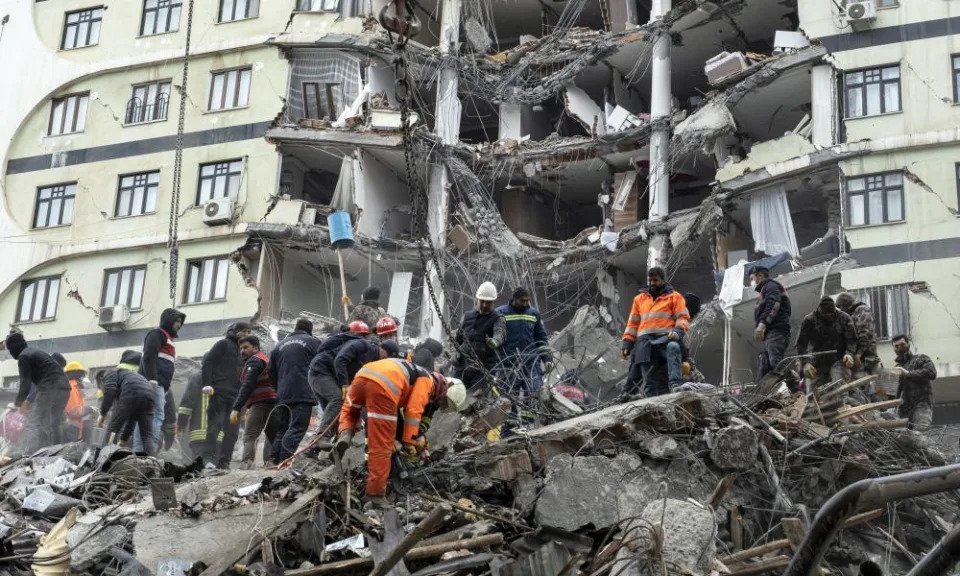
Emergency personnel search for victims at the site of a collapsed building after an earthquake in Diyarbakir, south-east Turkey. Photograph: Refik Tekin/EPA
In Turkey, Ruth said, “the problem of how to deal with earthquakes is something every government knows they have to be on top of. The 1999 quake is very fresh in people’s minds, and that includes officials. The government was very quick to say that this was a level four emergency, which means that international aid is required.” The country also has well-trained, experienced rescuers and a massive operation is underway.
Even in Istanbul, which was unaffected this time, concerns over unregulated development and ageing building stock prompted warnings in 2020 that a major earthquake could leave 10% of the city’s 15m residents homeless. “You do find apartments for rent in buildings marketed as ‘earthquake proof’, but whether that is reliable is a different question,” Ruth said. “In much of the south, you are much less likely to find that.”
Most of the buildings which have fallen appear to have been constructed pre-2000, when new regulations in response to the 1999 quake kicked in. In a 2020 piece for catastrophe modelling firm Temblor, Istanbul-based seismologist Haluk Eyidoğan warned that in the south-east of Turkey, “stone masonry and adobe masonry structures in rural areas are weak, and the so-called reinforced concrete carcass multi-storey buildings are demolished in cities”.
The same or worse is true in the affected region of Syria, ground down by the damage inflicted by years of civil war and with many already displaced.
***
The complexity of the situation in Syria
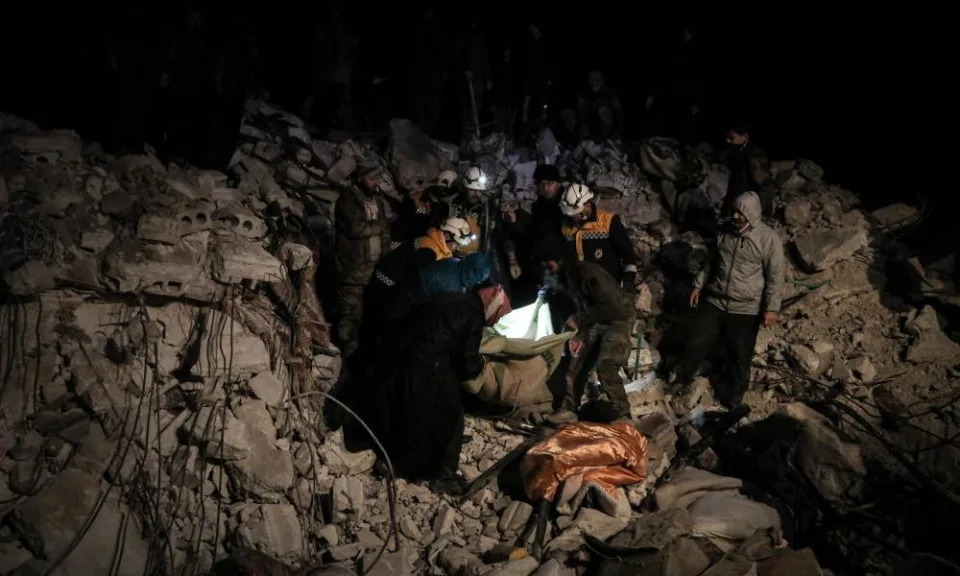
Search and rescue operation in Idlib. Photograph: Anadolu Agency/Getty Images
With the earthquake coming against a backdrop of freezing weather, civil war, rocketing prices and fuel shortages, as well as the region’s first cholera outbreak in a decade, the International Rescue Committee has called this “a crisis within multiple crises”, particularly for displaced people.
“Northern Syria is where we’re going to see the most acute need,” Ruth said. “Trucks from across the border in Turkey are already the sole lifeline of international aid. It is a rebel-controlled region that gets no support other than basic supplies from international aid agencies. Without that, there is nothing in a place like Idlib [above].”
Today’s Guardian editorial notes that Damascus only allows entry via one border point and adds: “It would be unconscionable if the others remained closed at this time of desperate need.” You can also read Patrick Wintour’s piece on urgent calls for those restrictions to be relaxed here.
With hundreds of thousands of refugees on the Syrian side of the border, volunteer rescue NGO the White Helmets said that the region was in “a state of catastrophe”. The scale of the damage in government-controlled areas was less clear because of an independent media blackout, Ruth said.
Meanwhile, she noted, there are millions of Syrian refugees across the border; ahead of an imminent election in Istanbul “there has already been a lot of talk about deporting, or in the words of the Turkish government, having people voluntarily return to Syria. These are the same people who are now seeking for help from the government which is in charge of their care. They are in a desperate situation.”
Archie Bland
THE GUARDIAN
Mon, 6 February 2023
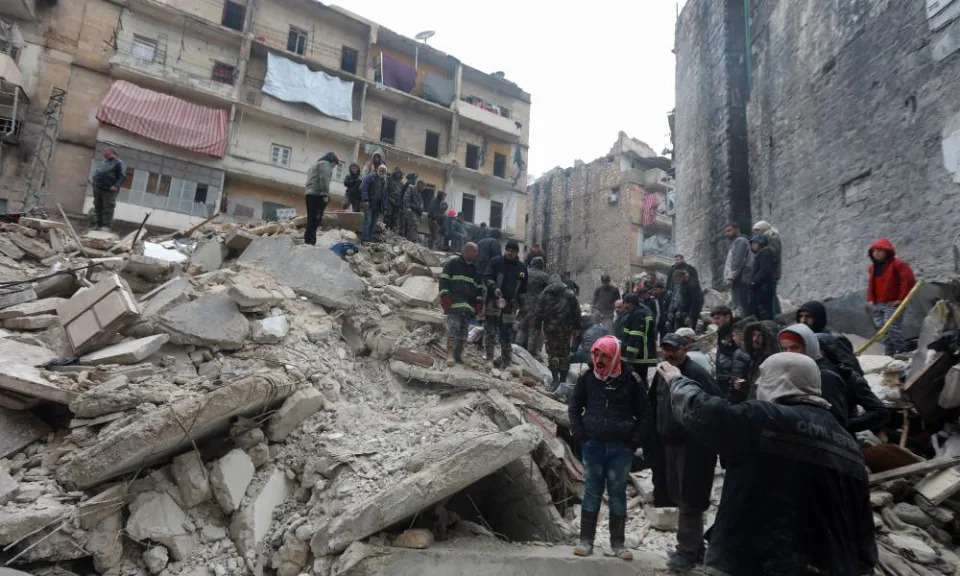
Photograph: Louai Beshara/AFP/Getty Images
Good morning. A little over 24 hours after the devastating earthquake that hit Turkey and Syria, there is very little good news. The death toll has passed 4,300 this morning, with thousands more injured, many more trapped in the rubble, and thousands of buildings in ruins.
A massive rescue effort is underway, with 13,000 more rescue workers, including volunteers, on their way from Istanbul. But conditions are hampering that work on both sides of the border, with anger in some areas that no help has yet arrived. Last night, the World Health Organisation warned that the toll could pass 20,000.
Turkish president Recep Tayyip Erdoğan said that it was the worst disaster to hit the country since 1939, and in Syria, a volunteer with the White Helmets rescue group, Ismail Alabdullah, said: “We are used to digging people out of the rubble but this is different … There is nothing left, nothing at all.”
You can find the latest on the live blog here. For today’s newsletter, Ruth Michaelson, who has been covering the disaster for the Guardian from Istanbul, explains the confluence of factors that made it such a catastrophe. Here are the headlines.
In depth: ‘Nothing can prepare you for this’
Mon, 6 February 2023

Photograph: Louai Beshara/AFP/Getty Images
Good morning. A little over 24 hours after the devastating earthquake that hit Turkey and Syria, there is very little good news. The death toll has passed 4,300 this morning, with thousands more injured, many more trapped in the rubble, and thousands of buildings in ruins.
A massive rescue effort is underway, with 13,000 more rescue workers, including volunteers, on their way from Istanbul. But conditions are hampering that work on both sides of the border, with anger in some areas that no help has yet arrived. Last night, the World Health Organisation warned that the toll could pass 20,000.
Turkish president Recep Tayyip Erdoğan said that it was the worst disaster to hit the country since 1939, and in Syria, a volunteer with the White Helmets rescue group, Ismail Alabdullah, said: “We are used to digging people out of the rubble but this is different … There is nothing left, nothing at all.”
You can find the latest on the live blog here. For today’s newsletter, Ruth Michaelson, who has been covering the disaster for the Guardian from Istanbul, explains the confluence of factors that made it such a catastrophe. Here are the headlines.
In depth: ‘Nothing can prepare you for this’

Rescuers carry out a girl from a collapsed building. Photograph: Sertaç Kayar/Reuters
When the magnitude 7.8 earthquake struck before dawn on Monday, about 20 miles from the city of Gaziantep, the vast majority of residents were inside and asleep. TV footage showed some of those who were able to flee their homes standing in the snow in their pyjamas. When the sun rose, it revealed a picture of devastation across south-eastern Turkey and north-western Syria. This gallery captures some of that staggering impact.
Within half an hour of the quake hitting, the governor of the Turkish city of Osmaniye had confirmed five deaths. By 10am the confirmed toll stood at 300. This morning it was 4,300, and still rising. Rescue workers were unable to reach the city of Antakya in Hatay for nearly 24 hours – this video shows damage to the runway at the provincial airport.
“Turkey and Syria have suffered catastrophic earthquakes multiple times in living memory,” said Ruth Michaelson (who you can also hear on this morning’s episode of Today in Focus). “Everybody here remembers 1999 [when a quake hit Istanbul and killed 17,000]. But the consequences of this are massive. What we are hearing from people living in the region is profound shock. Even if you know that earthquakes are relatively common, nothing can prepare you for this.”
Here are some of the reasons the impact this time is so severe.
***
The location and depth of the initial earthquake
The first earthquake took place on the East Anatolian fault – the boundary between the Anatolian plate, the African plate, and the Arabian plate in the Earth’s crust. (There’s a useful visual guide here.) While it has been more than a century since an earthquake caused such devastation on this fault, there have been a number of smaller quakes in the last 25 years, and the region has been considered at serious risk of something worse.
There have been higher magnitude earthquakes than this one even in recent years around the world, but that is not a sufficient measure of impact on its own: crucial to the devastation here was the location of the earthquake near large population centres, and how close to the surface of the Earth it hit.
A deep earthquake takes place between 300km and 700km down. This one was very shallow – about 17km below the surface – meaning that it was felt more powerfully and across a wider region above ground. The tremors that resulted were felt in Cyprus and Cairo, and registered by seismologists as far away as Greenland.
***
An unusually large aftershock
That impact was magnified by a 7.5 magnitude aftershock – on a different faultline 100km away, and much larger relative to the initial quake than aftershocks typically are. Earthquake magnitude is measured on a logarithmic scale, meaning that this aftershock only released about a third of the energy of the first even though the figures are close – but in hitting buildings already severely damaged by the initial quake, it greatly amplified the original damage, and put many rescue workers at risk. There were dozens of other smaller aftershocks that continued into Tuesday morning.
“Even on Turkish TV news, you could see people trembling as they hit, watching the building quake, and trying to work out the right thing to do,” Ruth said. You can see examples here and here.
***
The fact that it took place during winter
There have already been warnings in recent weeks that a snowstorm across Syria and parts of Turkey had left millions of displaced people at risk of freezing to death.
“This came at a terrible time – there are incredibly bad winter conditions,” Ruth said. “Many areas are covered in snow, and temperatures very low. In northern Syria even buildings that have survived may not have adequate heat. People ran into the streets and into really bad storms; people who can are sheltering in their cars, and others have nowhere to go. It’s clear that it increases the scale of the relief effort that’s needed.”
The NGO International Blue Crescent Relief and Development Foundation said that “heavy snow in the entire region including heavy rain since yesterday has made the lives of the people who abandoned their houses very difficult to survive”. Meanwhile, those who have been trapped under rubble must be reached more quickly if they are to be saved.
***
Many buildings already vulnerable to collapse

Emergency personnel search for victims at the site of a collapsed building after an earthquake in Diyarbakir, south-east Turkey. Photograph: Refik Tekin/EPA
In Turkey, Ruth said, “the problem of how to deal with earthquakes is something every government knows they have to be on top of. The 1999 quake is very fresh in people’s minds, and that includes officials. The government was very quick to say that this was a level four emergency, which means that international aid is required.” The country also has well-trained, experienced rescuers and a massive operation is underway.
Even in Istanbul, which was unaffected this time, concerns over unregulated development and ageing building stock prompted warnings in 2020 that a major earthquake could leave 10% of the city’s 15m residents homeless. “You do find apartments for rent in buildings marketed as ‘earthquake proof’, but whether that is reliable is a different question,” Ruth said. “In much of the south, you are much less likely to find that.”
Most of the buildings which have fallen appear to have been constructed pre-2000, when new regulations in response to the 1999 quake kicked in. In a 2020 piece for catastrophe modelling firm Temblor, Istanbul-based seismologist Haluk Eyidoğan warned that in the south-east of Turkey, “stone masonry and adobe masonry structures in rural areas are weak, and the so-called reinforced concrete carcass multi-storey buildings are demolished in cities”.
The same or worse is true in the affected region of Syria, ground down by the damage inflicted by years of civil war and with many already displaced.
***
The complexity of the situation in Syria

Search and rescue operation in Idlib. Photograph: Anadolu Agency/Getty Images
With the earthquake coming against a backdrop of freezing weather, civil war, rocketing prices and fuel shortages, as well as the region’s first cholera outbreak in a decade, the International Rescue Committee has called this “a crisis within multiple crises”, particularly for displaced people.
“Northern Syria is where we’re going to see the most acute need,” Ruth said. “Trucks from across the border in Turkey are already the sole lifeline of international aid. It is a rebel-controlled region that gets no support other than basic supplies from international aid agencies. Without that, there is nothing in a place like Idlib [above].”
Today’s Guardian editorial notes that Damascus only allows entry via one border point and adds: “It would be unconscionable if the others remained closed at this time of desperate need.” You can also read Patrick Wintour’s piece on urgent calls for those restrictions to be relaxed here.
With hundreds of thousands of refugees on the Syrian side of the border, volunteer rescue NGO the White Helmets said that the region was in “a state of catastrophe”. The scale of the damage in government-controlled areas was less clear because of an independent media blackout, Ruth said.
Meanwhile, she noted, there are millions of Syrian refugees across the border; ahead of an imminent election in Istanbul “there has already been a lot of talk about deporting, or in the words of the Turkish government, having people voluntarily return to Syria. These are the same people who are now seeking for help from the government which is in charge of their care. They are in a desperate situation.”




